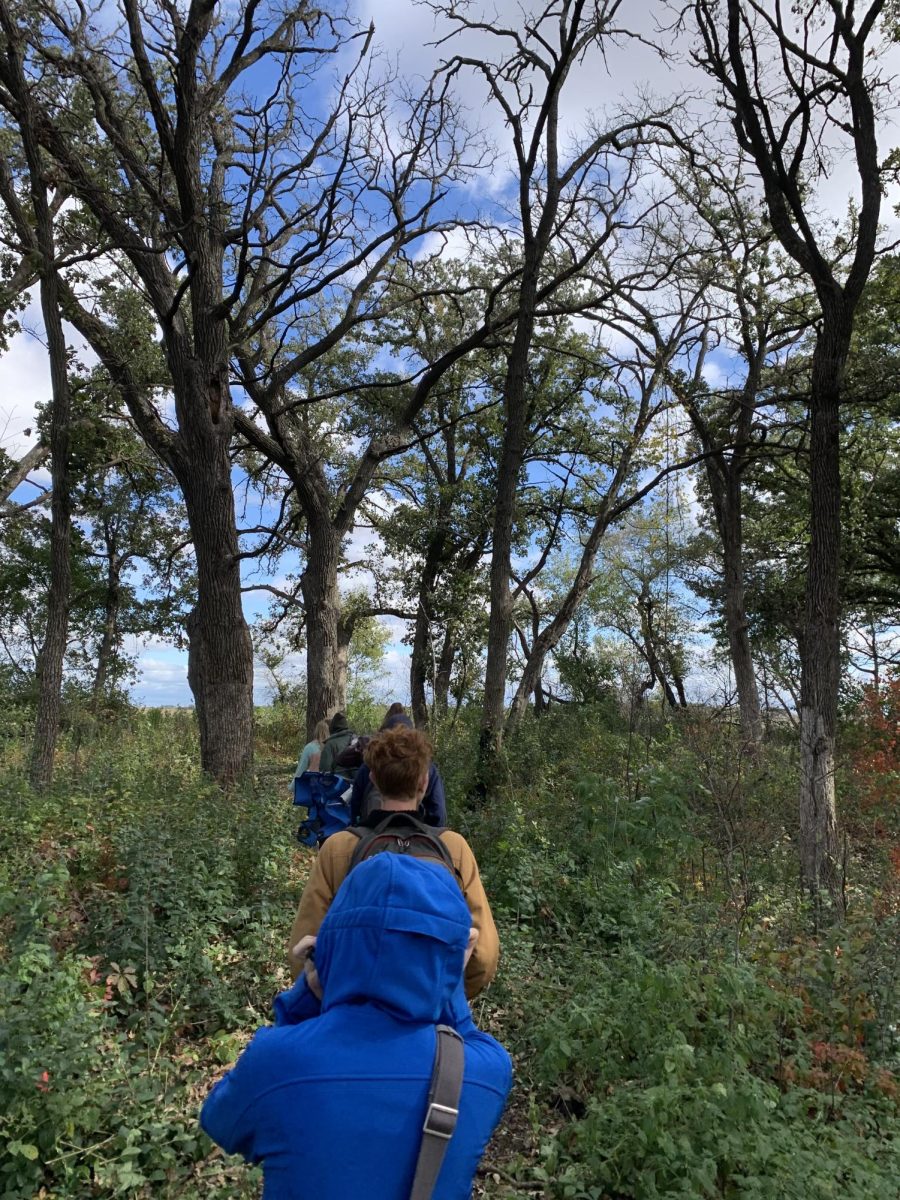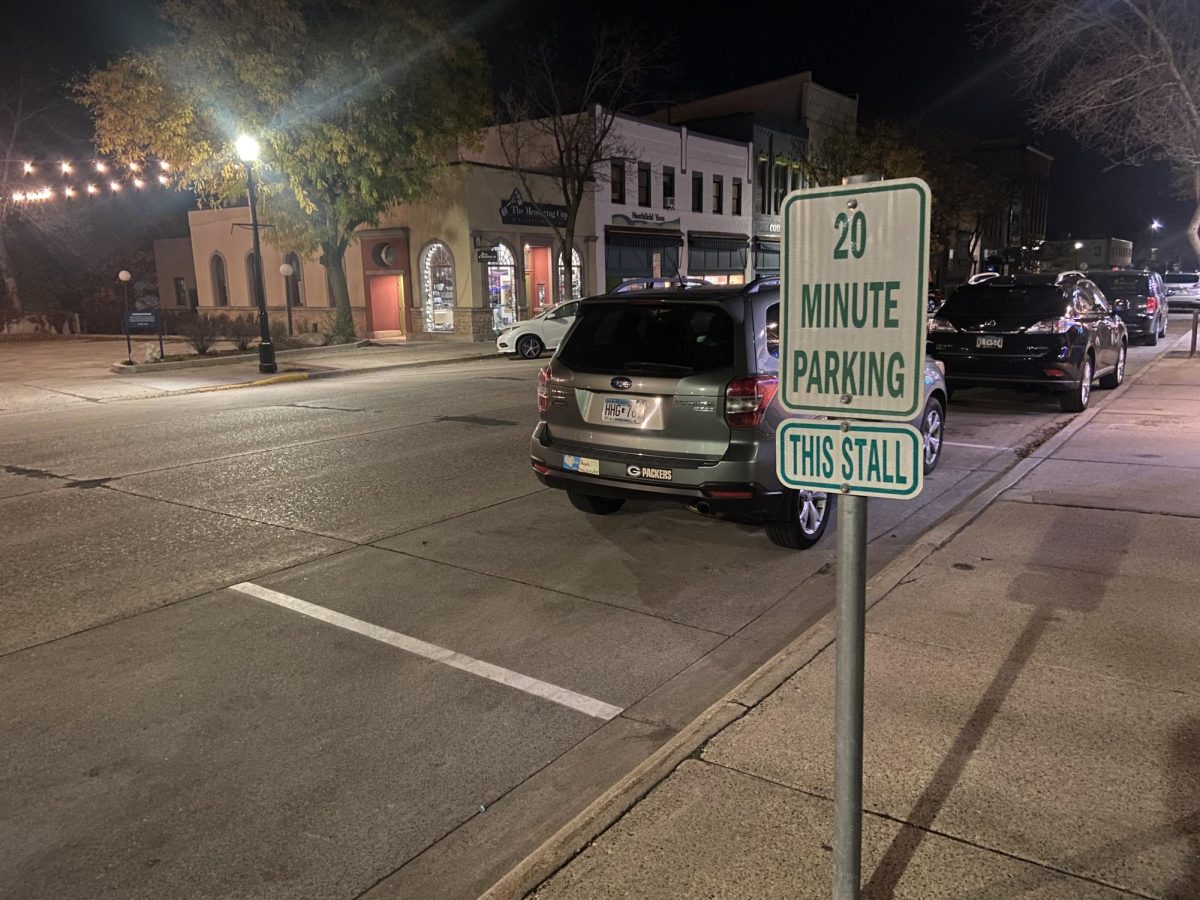Each year, Carleton’s Board of Trustees must approve an annual budget for the coming fiscal year. After rounds of input and suggestions from a myriad of committees composed of students, faculty and staff, the 2024 budget was announced this March. This year’s budget contains an increase in the student-work wage and the largest percentage increase in Carleton’s comprehensive fee in more than a decade.
Carleton’s 2024 budget stands balanced at $166.6 million dollars, an almost 5% increase over last year’s budget. On the income side, that growth was driven primarily by a 4.5% increase in the comprehensive student fee, bringing the fee to a whopping $82,167 per year.
As for expenditures, Carleton has decided to increase the financial aid budget by 7.5% from 2023, bringing it to $61.8 million dollars. They also increased the salary pool available for staff and faculty compensation by 5.5%, bringing that number to nearly $100 million dollars, as well as an increase in the hourly pay for student workers to $12.75 an hour from $12 an hour.
Comprehensive Fee
The Comprehensive Fee is perhaps the most important part of the entire budget process. CSA President Quinn Buhman ’24 sits on the budget committee, which is responsible for giving a budget recommendation to the Board of Trustees. He described the comprehensive fee as the “main lever to determine how much money we have and how much we can change all the other numbers.”
The 4.5% increase in the comprehensive fee is the largest increase in a decade, albeit by a slim margin. Since 2014, Carleton’s budget has increased somewhere between 3 and 4% every year, besides last year. In 2023, the comprehensive fee only increased 1.5%.
“There is always this internal conflict,” said Buhman. “Do we increase the fee to match inflation at about 3 or 4% so we can continue operating at a normal level? Or do we go on the lower side to ease financial concerns? We did that during the first year of COVID, and we were one of the only colleges that did that.”
The miniscule increase in the comprehensive fee after COVID-19 and increased inflation this year left those involved in the budget process asking: Do we need to play catch-up?
“What we basically determined, based on looking at peer institutions, was that playing catch-up wasn’t really necessary,” said Buhman. “A lot of our financial decisions are based on where we fit in with our peer group, so we look at other small liberal arts colleges across the country and see where we fit in the equation: Are we lagging behind? Are we way more expensive? The COVID year did put us behind a little, but we’re mostly on par with our peers, so the increase was mostly due to inflationary pressures.”
Financial Aid
The increase in the comprehensive fee was accompanied by a sizable 7.5% increase in the financial aid budget.
“As you increase the comprehensive fee, there are going to be more people that need financial aid,” said Buhman. So, one of the questions we’re always asking no matter what we do is: how does this affect the financial aid budget? Because we always want to be at or above what financial aid says they need.”
Over the last 10 years, the financial aid budget has nearly doubled, from just over $30 million in 2014 to now $61.5 million in 2024. About 50% of the class of 2022 received need-based financial aid, and the average cost of Carleton for a family on financial aid was $22,000 a year.
Student Wages
One of the major changes in this year’s budget was an increase in the student wage rate from $12 an hour to $12.75 an hour. Again, the student wage rate has increased dramatically in the last decade — in 2014, it was just above $9 an hour. The change came in response to competition from Northfield businesses, the student employment working group and the financial aid working group.
Buhman also noted that a historical idiosyncrasy in the budget allocation process meant the increase was quite feasible from a financial perspective.
“Basically, how student wages work [is that] we calculate how many hours worth of wages we will need and we set that chunk of money aside,” explained Buhman. “And there’s always this pretty large chunk of unused hours and thus leftover money. And looking at historical trends, it doesn’t fluctuate a lot.”
Given this situation, Buhman and CSA representative Erin Timmins ’23 argued that the money left over from unused hours could go toward increasing the student wage rate.
“The argument we made is: there’s always this chunk of unused hours, so what if we increased the student wage rate and decreased the total amount of hours [so] that the students who are actually doing the work can get more money and we aren’t just leaving some [money] out for no purpose,” said Buhman. “Erin and I were quite happy with that wage rate increase; it’s one of the largest we’ve had in a while. It’s one of our largest priorities, and we see how it really affects students.”













